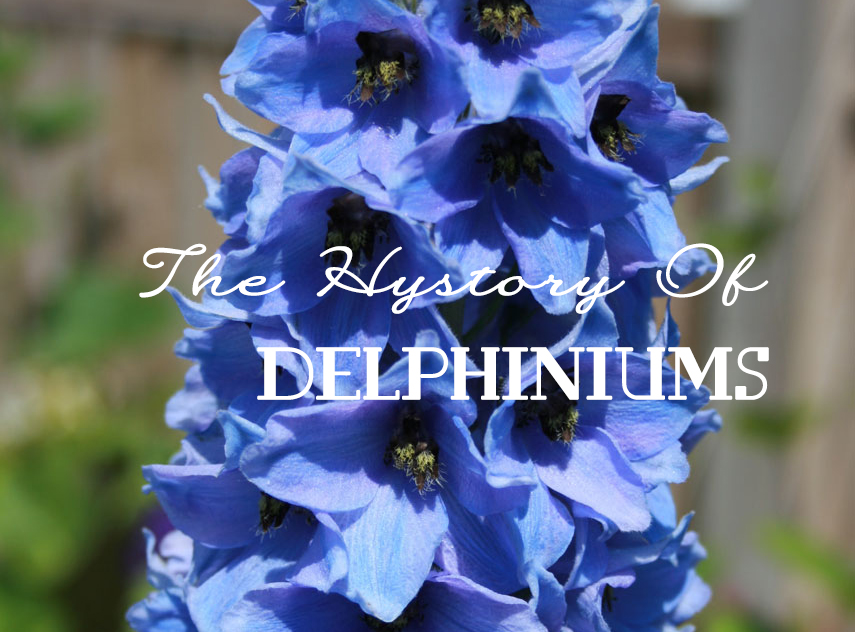
The history of delphiniums
With over 500 wild species of delphiniums out there, this is one flower that simply can’t be ignored! Its unique shape and stunning colours make it a wonderful addition to a number of different bouquets. For one, yellow flowers can be accompanied by some purple delphiniums to create a magnificent contrast of colour, shape and texture. They can also be dotted in here and there as splashes of colour in mixed arrangements. The next time you visit your florist, keep an eye out for these beautiful blooms. No matter who you send flowers to, they will surely enjoy such a contrast in their bouquet.
They are native to many parts of the northern hemisphere as well as mountainous areas in Africa. One of the best things about them is the fact that they are perennials! This means that they will flower during their blooming season and then remain dormant for a few months. Once they have completed their dormant period and weather conditions are again suitable, they will bloom again.
Delphiniums, according to myth, are said to have been named after the Delphi temple. This temple was constructed in honour of the sun god, Apollo and it is said that he particularly favoured the delphinium flower. For this reason, many people believe that delphiniums bring good luck. While the Greeks came up with the name delphinium, it was the English who named the flower larkspur. This was due to the shape of the nectary resembling a lark’s claw.
Just like with most flowers today, the delphiniums we are all familiar with are as a result of hybridization. Hybrids of certain species are developed in order to harness each one’s best qualities and to develop a single flower that includes all the positive attributes and none of the negative ones. Those who aided in the expansion of the number of delphinium species include Kelway, Blackmore and Langdon.
Across the ocean, in America, delphiniums were a lot more difficult to cultivate. For this reason, Reinelt and Vetterly decided to do their work with seeds as opposed to the plants themselves. It was American, Charles Barber who brought us the Hoodacre Whites while Reinelt worked with Samuelson on some red, pink and orange varieties. So many different types of this flower were created over the years that it is truly difficult to name each and every great mind involved.
Thanks to all their hard work and efforts years ago, we can enjoy them in abundance and wide selection today. The types that we are familiar with are of the most beautiful and hardy variety. After all, the whole point of scientific research and experiments is to help nature attain even greater perfection. Who knows, perhaps in another few years we will have even better, stronger and more lovely types of delphiniums available. If you are a delphinium fan, then all you need do is keep on searching for news on these flowers online and check in with your florist every now and then just in case.
